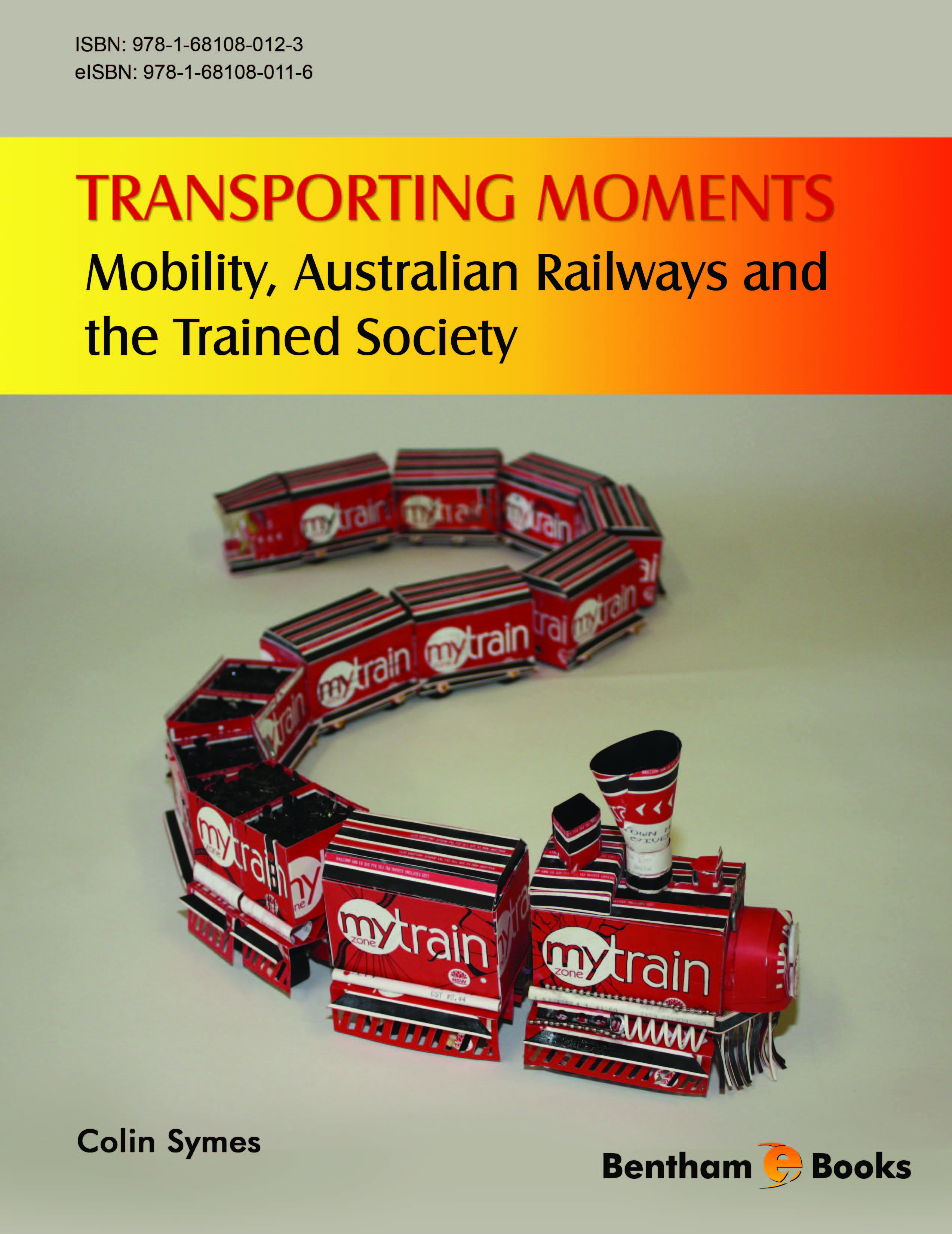The so-called ‘mobility turn’ has been a remarkably productive development across the fields of sociology, cultural studies and human geography. It is recognition, hitherto downplayed, of the role that transitory conducts, across myriad domains, play in contemporary social and cultural life, and to which embodiment of mobile devices has added new dimensions, new subtleties and potentialities to both research objects and methodologies (Büscher, Urry and Witchger 2011). In providing a ‘systematic’ examination and analysis of Sydney’s railway network in action, from the perspective of its main actors, passengers and commuters, this book contributes two additional themes in the realm of mobility research. The first is that for the most part ‘rail’ seems to be the absent presence of mobility research, only apparent through what it is not-with a focus on walking, running, dancing, flying, driving, and the sites attached to these-parks, airports, roads (e.g. Cresswell and Merriman 2011). The second, is the fascinating aspects this book traverses not only the ‘mobility turn’, but also the ‘material’ turn. As such, it is redolent with (post) phenomenologies and the agency of the non-human, in which “bodies as well as objects take shape through being orientated toward each other, an orientation that may be experienced as the cohabitation or sharing of space.” (Ahmed 2010, p.245). This book argues that such systems and networks as railways cannot be understood from the ‘actions’ of vehicles alone. Rather, they must be understood in terms of the ‘culture technologies’ that embed and regulate them, everything from the objects such as tickets and timetable which the trains (and the passengers) follow to the signage, both visual and audible, which directs them, keeps them so to speak, in line.
The book also argues that the ‘textuality’, which is a pervasive feature of trains and stations and their on-line and documentary representation, is a vital adjunct in the choreography of passenger comportments. The detailed analysis of their comportments and their underlining notations is what makes this book such an exciting addition to the growing corpus of literature on mobility. This begins to focus on asking: ‘How is mobile time and space filled with liveliness?’ (Cresswell and Merriam 2011, p. 4). As Symes makes clear, what is critical is the ‘re-publicisation’ of transport cultures that might make possible life after the automobile (Dennis and Urry 2013). This book argues powerfully against automobility on both environmental and social grounds, where the latter has meant grossly inequitable cities-and Sydney is lamentably one of the worst examples on the planet. As Symes indicates, its poor have been shifted to the margins, where public services are lacking, thus exacerbating the plight of the socially and economically disadvantaged. This has been not done as a by-product but through explicit planning policies that have reified auto-mobility over rail-mobility. By contrast, the gentrified inner areas of cities like Sydney and London are the centres of privilege and resources, where there is a surfeit of transport and other public services. In offering a systematic analysis of the omnipresent microstructures that pervade railway spaces, and without which the movement of passengers and travellers in these spaces would be impeded, this book performs an invaluable service. Such structures are not different; they were established early on in the history of railway before being adopted and adapted by other modes of transport. The continuum between the railway past and the railway new is a pervasive theme in the book.
If any rationale was required for studying the nature of contemporary mobility, it is that without access to adequate public transport modern citizens are paralysed. Their capacities to be mobile, both in actual and metaphorical senses, are severely attenuated and truncated. A railway line is thus more than just a line on a map; it is a line also to mobilising opportunities, to education, to work and recreation, to those services of social and moral enrichment that are the absolute cornerstones of a fair and equitable society. “Practices of mobility animate and co-produce spaces, places and landscapes”(Cresswell and Merriam 2011, p.7), and as such mobility provides a new arena for the conceptualisation and practice of, in this book, a renewed urban politics and notions of the public.
Kalervo Gulson
Associate Dean of Research
Faculty of Social Sciences and Humanities
University of New South Wales
Sydney

